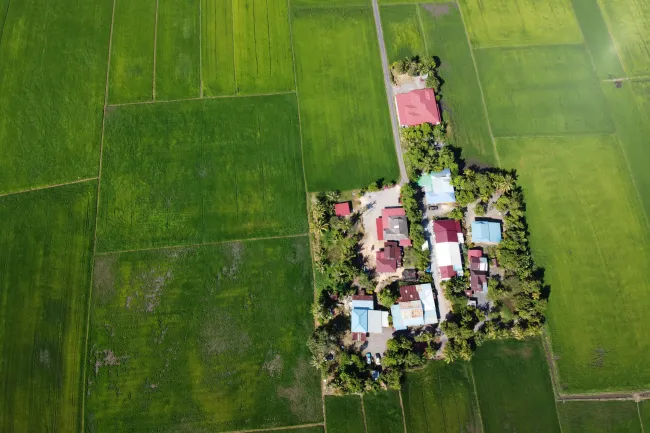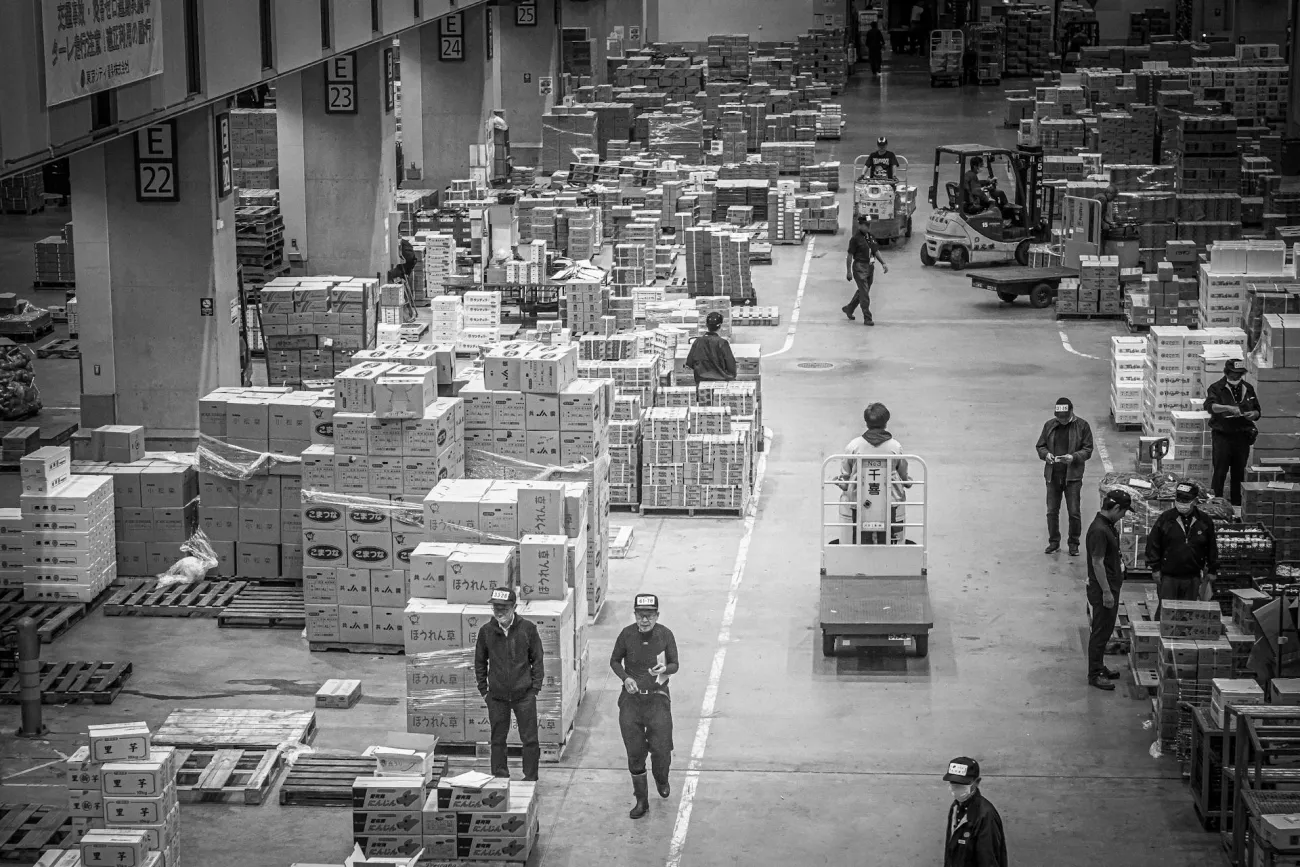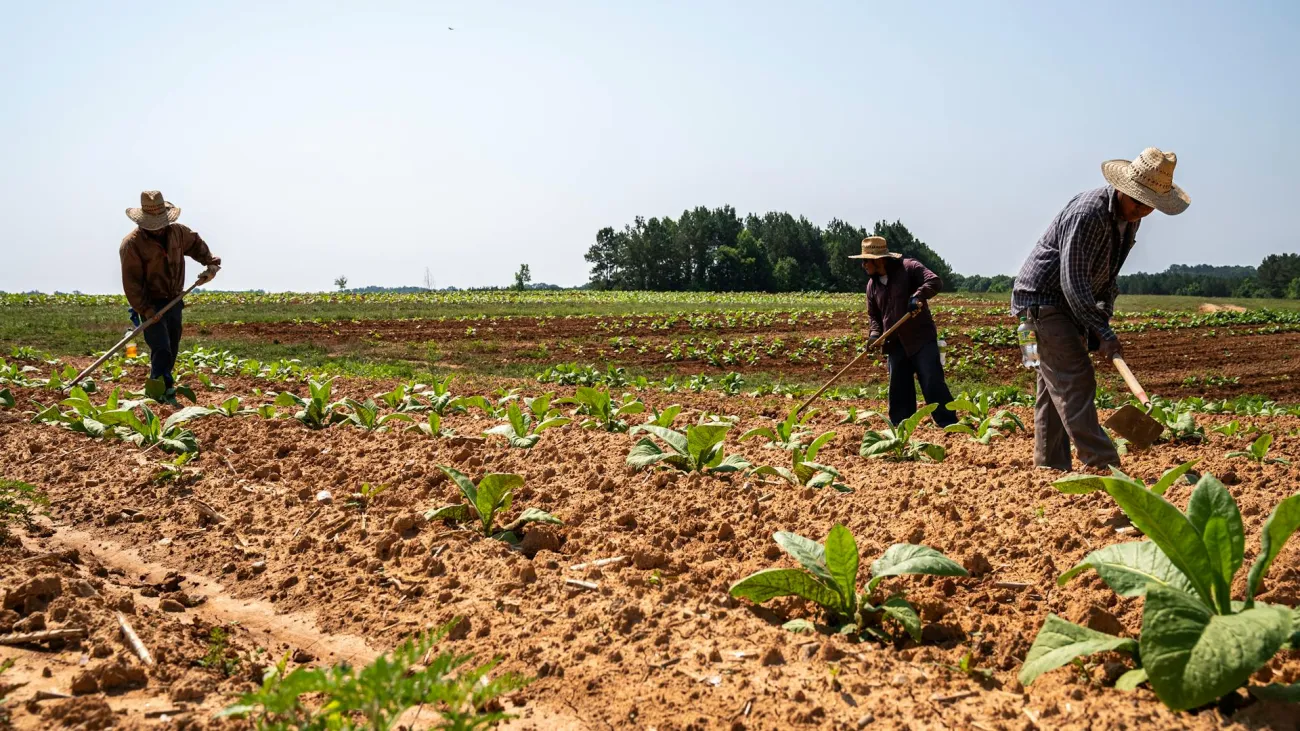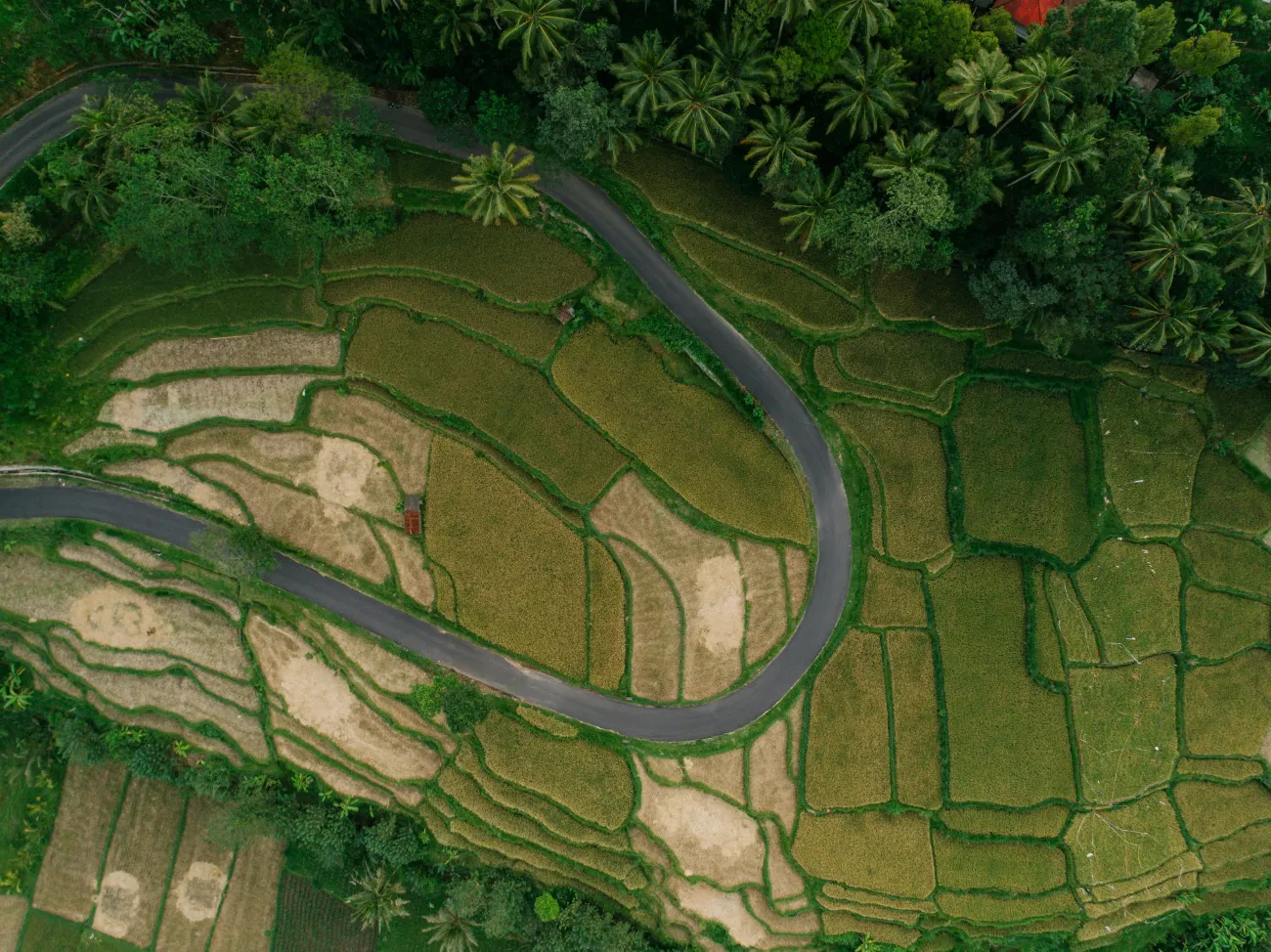This study suggests that from 2020 to the end of the century the number of farms globally will approximately halve from the current 616 million in 2020 to around 272 million in 2100, based on current observed trends that are tied to rural population, GDP and agricultural area. The study predicts that a turning point will be reached where farm consolidation outpaces farm creation, causing the average farm size to double.

The author references a body of evidence that examines the correlation between farm size and number, and some social and environmental outcomes such as yield, input use efficiency, biodiversity, crop diversity, and concentration of power in food systems. For example, one referenced study found that smaller farms have on average higher yields and harbour greater crop and non-crop biodiversity at farm and landscape scales compared to their larger counterparts. Based on the consequent assumption that farm size and number will be a determining factor in the agriculture modalities of food production in the future, the study offers projections as a basis for discussing the risks and rewards of these projected futures.
The projections made in this study are the result of a simple model constructed from two observed correlations:
- The number of farms in a country is correlated with rural population size.
- The nation’s ability to invest in agricultural development increases with economic growth.
As such, the number of farms in the model is a function of three combined factors: a country’s agricultural area, gross domestic product (GDP) per capita, and rural population size. The model correctly modelled the evolution of farm numbers between 1969 and 2013 based on historical data, and was used to estimate the trajectory of creation and consolidation based on predictions for population and GDP, with agricultural land as a constant. Three pathways were modelled based on the Shared Socioeconomic Pathways, a collection of future global socio-economic and environmental scenarios used for studying trajectories of global development. The three pathways chosen were a ‘middle of the road’ scenario (SSP2), a high GDP growth and slower population growth scenario (SSP1) and a scenario featuring slower GDP growth alongside faster population growth (SSP3).
The trajectories varied across regions and between projected socio-economic pathways.
- In Europe, the projected decline in farm numbers is a continuation of a current reality. In Asia, the Middle East and North Africa, Oceania, and Latin America and the Caribbean, there is a turning point from the current path of farm creation to one of consolidation before 2040, with sub-Saharan Africa following a similar turning point later in the century, after 2050.
- The more extreme, but perhaps less likely, socioeconomic pathways give more disparate results than a ‘middle of the road’ scenario (SSP2) [see Fig. 3]. In a scenario with higher GDP growth and slower population growth (SSP1), projections show faster consolidation of farmland. Under the scenario with slower GDP growth and more rapid population growth (SSP3), farm creation will continue further into the twenty-first century, notably in the Middle East and North Africa, Oceania, and sub-Saharan Africa, and consolidation will be much slower.
- The global average farm size is projected to increase by around 10% by 2050 and 100% by the end of the century under SSP2. The increase in farm size is also projected to vary significantly across regions, with average farm size projected to be at least 6 times larger in the EU and more than 5 times larger in North America, while the Middle East and North Africa are projected to increase by only 1.9 times, and Oceania only 1.6 times, over the same period.

Fig. 3: Mehrabi, 2023. Predictions of farm numbers broken by development group.
The projected changes in the size and number of farms could have a variety of impacts on the way that farming is practiced and the resilience of the food systems. The author suggests these changes have both risks and rewards.
The author proposes that rewards produced by a system featuring smaller numbers of larger farms might include; improved labour productivity, improved input use efficiency, sustained entry of the national workforce into non-agricultural sectors (furthering economic growth) and easier management and delivery of agricultural services and support.
The author suggests risks from the same system might include; loss of indigenous knowledge, disconnection between society and the land, concentration of corporate power in food systems, a decline in crop and nutritional diversity, lower production of food for direct human rather than animal feed consumption, decline in animal welfare as a result of industrialisation of livestock systems, homogenisation of management and decision-making practice and reduced stability and resilience.
Abstract:
Farm number and size are deemed important for a variety of social and environmental outcomes, including yields, input use efficiencies, biodiversity, crop diversity, climate change and concentration of power in food systems. Using a model incorporating theoretical drivers of the creation and consolidation of farms within countries, I historically reconstruct the number of farms on Earth over 1969–2013 and predict their future evolution. I show that under current development trajectories, the number of farms globally will probably decline from the current 616 million (95% CI: 495–779 million) in 2020 to 272 million (95% CI: 200–377 million) by the end of the twenty-first century, with average farm size doubling. In some regions, such as Europe and North America, we will see a continued decline from recent history, whereas in other regions, including Asia, Middle East and North Africa, Oceania, and Latin America and the Caribbean, we will see a turning point from farm creation to widespread consolidation. The turning point also occurs for sub-Saharan Africa, but much later in the century. This world in which significantly fewer large farms replace numerous smaller ones carries major rewards and risks for the human species and the food systems that support it.
Reference: Mehrabi, Z., 2023. Likely decline in the number of farms globally by the middle of the century. Nature sustainability. 2023 May 11:1-6.
Read the full article here. See also TABLE’s work on scale in the food system, summarised here, and our podcast with Vincent Ricciardi asking how much of the world’s food is produced by smallholder farmers.




Comments (0)